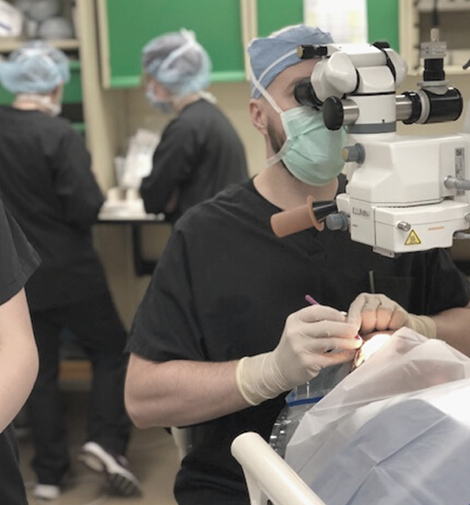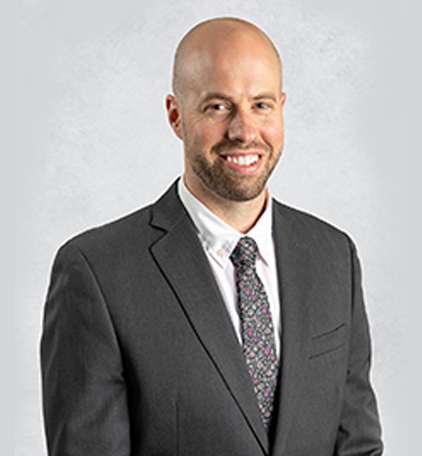
At Black Hills Regional Eye Institute, we understand the significance of maintaining optimal eye health, especially when it comes to conditions like glaucoma. Our dedicated team of experts is committed to providing comprehensive glaucoma treatments and personalized care. Explore the world of specialized care designed to preserve your vision and enhance your overall eye health.
Glaucoma refers to a group of eye conditions in which increased fluid pressure inside the eye causes irreversible damage to the optic nerve. The optic nerve is responsible for carrying visual information from the eye to the brain. If left untreated, glaucoma will eventually lead to blindness. Glaucoma is the second most common cause of blindness in the United States, and first worldwide. Glaucoma can affect anyone at any age.
Early detection, appropriate management, and effective treatments are crucial in preserving vision and preventing further damage.
Angle-closure glaucoma – Less common but more severe and is marked with a rapid rise in eye pressure and severe vision loss that requires emergency care.
While there may be no permanent cure for any type of procedure/glaucoma, there is no reason to forgo treatment in lieu of vision impairment and eventual blindness. The Eye Institute offers a variety of glaucoma treatments in Rapid City, SD, as well as glaucoma consultations in Sturgis, SD, and glaucoma treatments in Pierre, SD.
The goal of any procedures/glaucoma treatment is to reduce eye pressure, as this is the inevitable cause of vision impairment. Depending on the type of procedures/glaucoma, medication and surgery are currently the only viable options. The most common treatment method prescribed is medicated eye drops, which reduce pressure and, in some cases, protect the optic nerve from further damage. Eye drops are usually prescribed to patients with open-angle and secondary procedures/glaucoma and in some cases angle-closure.
For those suffering from angle-closure procedures/glaucoma, the pain caused by an attack will dictate emergency medical attention. If left untreated, angle-closure procedures/glaucoma can result in blindness in a matter of days. Medicated eye drops or pills may be prescribed, but in all likelihood, laser surgery will be necessary. Laser surgery for both angle-closure and congenital procedures/glaucoma reopens or creates new channels for fluid in the eye in order to reduce swelling.
Glaucoma is a chronic condition that requires ongoing monitoring. Our team works closely with patients to tailor a management plan, including regular follow-up appointments, to ensure the effectiveness of glaucoma treatments and to make adjustments as needed.
Please view our Glaucoma Book to find out more.

Ready to take proactive steps in preserving your vision? Schedule your comprehensive glaucoma evaluation with Black Hills Regional Eye Institute today. Our compassionate team is dedicated to guiding you through every aspect of glaucoma care, including the glaucoma treatments that are available to you.
Discover the path to optimal eye health at Black Hills Regional Eye Institute. Clear vision begins with expert care.
